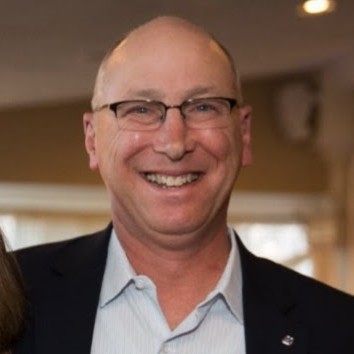
Sustainability is everywhere – and now it is coming for packaging. Studies show that more than 60 percent of consumers in 2021 went out of their way to purchase products in environmentally-friendly packaging. And if consumer demand isn't enough to motivate brands to adopt sustainable packaging, then government regulations – already in force or being strongly considered in countries all over the world – will push companies to change their ways.
Plastic packaging, which nearly every sector and industry relies on to wrap, ship and protect their goods, accounts for more than a quarter of all plastic created annually – and more than 85 percent of that is thrown away. As consumers — and governments — become more aware of these facts, the pressure on brands to adopt sustainable packaging policies will increase significantly. They will also need to understand the different options, especially the differences between recyclable and compostable materials, in order to choose the most effective packaging.
“Sustainability in packaging” means different things to different people. To many, including those in the plastics industry, it means recycling; taking packaging that was already used once and reusing it, possibly numerous times. The idea of plastic recycling has, of course, been greatly advanced by various industries as the ultimate sustainable solution. But it turns out that plastic recycling is far less efficient than claimed; according to the Organization for Economic Cooperation and Development, only 9 percent of plastics are recycled, with the rest either dumped in landfills or the oceans — or incinerated.
Thin flexible plastic, often used to wrap everything from clothing to food for shipping to customers, is especially difficult to recycle, and is often not actually recycled at all.
Recycling plastic, including flexible plastic, is also not economical in most use cases. Recycled plastic often costs more than new plastic because collecting, sorting, transporting, and reprocessing plastic waste is exorbitantly expensive. Furthermore, large amounts of plastic are sent to the dump because the items are too dirty to be recycled, or too mixed up with other types of waste. Sorting or cleaning it is often impossible and almost always not worthwhile economically. As the petrochemical industry is rapidly expanding, the cost of new plastic will only get lower.
A better alternative would be the adoption of compostable packaging, which solves some of the challenges posed by recycling, and complies both with consumer and government demands for sustainable packaging. Nowadays, there is a growing awareness among consumers and governments that when it comes to sustainability, plastic recycling just won't do. That’s why brands have been considering compostable packaging – where the materials used mostly break down in the environment, leaving a footprint that is far smaller than that left by conventional plastic and even enriches the earth by producing an end-product of agricultural compost that helps soil retain water, capture more carbon and produce better crop yields.
Around the world, brands are starting to adopt compostable packaging, often to replace traditional flexible plastic. Among those who have made the switch is apparel and accessory company Gabriela Hearst. For that brand, which makes products in limited numbers and from sustainably-sourced materials, compostable packaging was a natural next step and part of a larger commitment to protecting the environment. Sustainable textile company Pangaia has also recently adopted compostable packaging.
Consumers have made it clear that they want sustainability in packaging – and brands are responding, with many implementing recycling programs for the plastic they use. But as consumers become more aware of the challenges with recycling, they will be seeking better end-of-life solutions. Companies that adopt those better methods will be better able to connect with consumers – developing for themselves a reputation as a company that truly cares about the environment.
Interested in having your voice heard on 3p? Contact us at editorial@3BLMedia.com and pitch your idea for a guest article to us.
Image credit: Wander Fleur via Unsplash

Mark is head of sales at Tipa Corp., which makes compostable plastic packaging. He has decades of experience in management and business development in the packaging and logistics industries.














